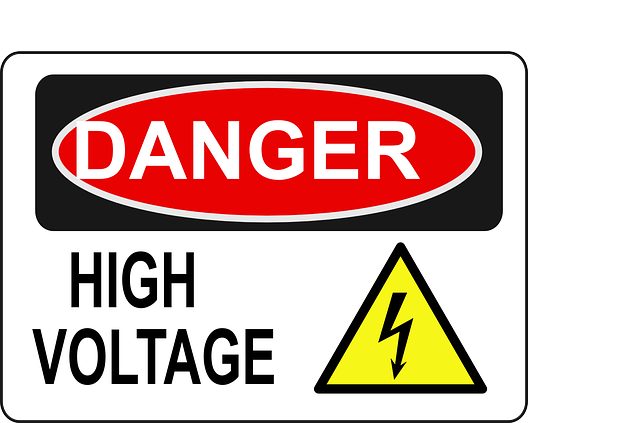HELP STOP THE HIGH VOLTAGE LINES THROUGH OUR SANCTUARY!
Wildlife Recovery Association (WRA) maintains a small but productive wetland called Little Swamp Sanctuary. The wetland complex is over 300 acres and is surrounded by vernal pools, a variety of shrubs and trees such as speckled alder, button bush, willow, dogwood, Michigan Holly, wild rose, red maple, birch, and white pine. Many of these native plants provide food for wetland wildlife. We have nurtured and protected this sanctuary for over 50 years, and it has become safe harbor for many rare and endangered species of birds, amphibians, reptiles, insects, and mammals. Red-shouldered hawks, northern goshawk (state threatened), marsh wrens(special concern), sandhill cranes, least bittern (state threatened), and pied-billed grebes nest here. Bald eagles (special concern) have nested here for over twenty years; they are now nesting on the east side and fly through daily to hunt the swamp. Young eagles that grew up on this wetland are often seen flying through the area and spend time in winter foraging for small prey on the ice. Blanding’s turtles (special concern) are safe in their much needed habitat of mixed wetland types, and lay their eggs on sandy ridges. Wood turtles, now listed on Michigan’s endangered species listed as “threatened” live in and near the wetland. Migrating tundra swans, trumpeter swans (possibly nesting here, special concern), sandhill cranes, Canada geese, and a variety of ducks, shorebirds, and herons stop over to rest during migration. On a daily walk through the wetland edge, it is not uncommon to see and hear thirty or forty species of birds and other wildlife within a few hours. Our total species counts of birds number well over 150 species, many of which are rare.
Michigan Electric Transmission Company (METC) and International Transmission Company (ITC) proposed to route their high voltage transmission lines through this wetland. We object!!! The lines would bisect a wildlife corridor, primarily a flight corridor for many rare birds. The transmission lines would be in direct line with the daily flight path of our resident bald eagles, as well as many of the waterfowl and species of heron and cranes that fly daily from one small wetland to another. Our bird flight counts in 2022 showed that an average of 1800 birds fly through the proposed power line area in this wetland during October evenings. In addition, radiation and electromagnetic forces (EMF) are likely to cause problems to sensitive species, such as tree swallows ( research on tree swallows nesting beneath power line have shown a lower rate of fledging due to EMF). American kestrels, amphibians, and other wildlife species may also be affected by electro magnetic fields.
Please sign our petition to prevent METC from disrupting this sensitive and delicately balanced wetland sanctuary.
Thank you all for your support:
Environment and Great Lakes Energy (EGLE) issued a permit granting METC to pursue this project. We are contesting that permit. If EGLE is truly concerned about the environment and wetland habitat, they will reconsider this decision. As of December 14, 2024, we do not yet have a date for this contested permit decision.
We have also appealed a court decision to dismiss the case. We took this appeal to Lansing to be decided upon by a panel of three judges. That date with the court of appeals was on December 10, 2024 in the Hall of Justice in Lansing with three judges. Judge Borrello is the presiding judge; two other judges listened to attorneys discuss the case. These judges were Judge Moldanado and Judge Wallace. Comments made by Judge Borrello included that it is an interesting case, and that it would not be decided quickly. We are pleased with those comments, because the case deserves much consideration. The wetland and the wildlife deserve a voice that can only be understood when those of us that are close to the sanctuary and have observed the wildlife on a daily basis, have been supported by the state of Michigan in research in the past on Michigan’s rare species, who understand the need for both wildlife and humans to secure protected areas such as this wetland, are given a chance to speak. We hope that the court of appeals finds that this sanctuary is worthy of that consideration.
We have asked that METC find a route for high voltage power lines that AVOIDS Little Swamp Sanctuary wetlands and surrounding wetland habitat. This type of high voltage transmission line kills millions of birds in the US each year, and wetlands that are filled with birds and rare species are the most deadly areas they can be placed. The planned route crosses the flight path of bald eagles, sandhill cranes, and many rare species such as least bittern, American bittern, trumpeter swans, and hundreds of water birds. American National Standards Institute states clearly that these power lines should NOT be placed in wetlands.
We have observed over 150 species of birds, many of which are rare species. We have nesting bald eagles, red-shouldered hawks, red-headed woodpeckers, black-billed cuckoos, least bittern, and many other rare and sensitive wild friends who will not survive if these power lines are placed in the planned route. There are other routes available that are far less damaging and do not pass by homes, businesses, or wetlands.
